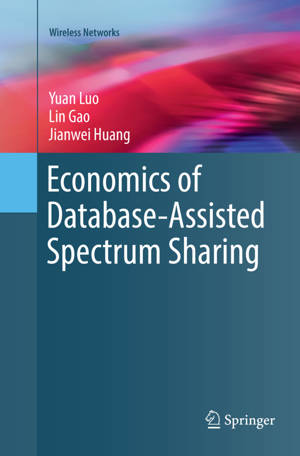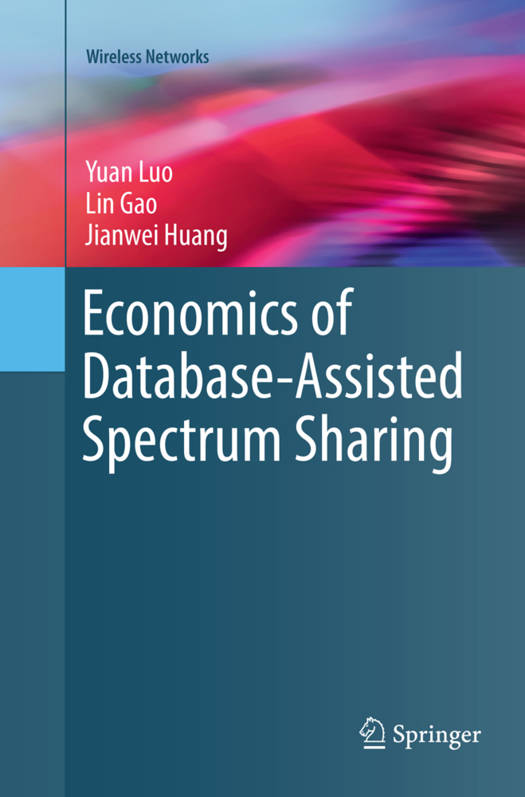
- Afhalen na 1 uur in een winkel met voorraad
- Gratis thuislevering in België vanaf € 30
- Ruim aanbod met 7 miljoen producten
- Afhalen na 1 uur in een winkel met voorraad
- Gratis thuislevering in België vanaf € 30
- Ruim aanbod met 7 miljoen producten
Zoeken
€ 72,45
+ 144 punten
Uitvoering
Omschrijving
This book examines the interaction between the technical and economic issues in database-assisted dynamic spectrum networks. It explains various business models for different network settings, analyzing the user behaviors and system equilibrium under each model.
With the explosive growth of mobile devices and bandwidth-hungry applications, radio spectrum is becoming increasingly congested and scarce. Database-assisted dynamic spectrum sharing is a promising technology for solving the problem of spectrum scarcity and congestion by allowing unlicensed mobile devices to dynamically access the under-utilized licensed spectrum resources through the assistance of a database. Database-assisted spectrum sharing network architecture has received wide and enthusiastic support from spectrum regulators, standards bodies, and industrial organizations.
This book serves as a resource for researchers in white space communications and networking, for regulators in the wireless industry, and for graduate students and senior undergraduate students taking a course on network economics.
With the explosive growth of mobile devices and bandwidth-hungry applications, radio spectrum is becoming increasingly congested and scarce. Database-assisted dynamic spectrum sharing is a promising technology for solving the problem of spectrum scarcity and congestion by allowing unlicensed mobile devices to dynamically access the under-utilized licensed spectrum resources through the assistance of a database. Database-assisted spectrum sharing network architecture has received wide and enthusiastic support from spectrum regulators, standards bodies, and industrial organizations.
This book serves as a resource for researchers in white space communications and networking, for regulators in the wireless industry, and for graduate students and senior undergraduate students taking a course on network economics.
Specificaties
Betrokkenen
- Auteur(s):
- Uitgeverij:
Inhoud
- Aantal bladzijden:
- 88
- Taal:
- Engels
- Reeks:
Eigenschappen
- Productcode (EAN):
- 9783319827636
- Verschijningsdatum:
- 22/04/2018
- Uitvoering:
- Paperback
- Afmetingen:
- 156 mm x 237 mm
- Gewicht:
- 169 g

Alleen bij Standaard Boekhandel
+ 144 punten op je klantenkaart van Standaard Boekhandel
Beoordelingen
We publiceren alleen reviews die voldoen aan de voorwaarden voor reviews. Bekijk onze voorwaarden voor reviews.








